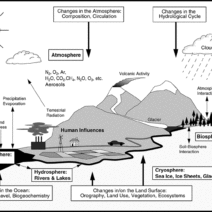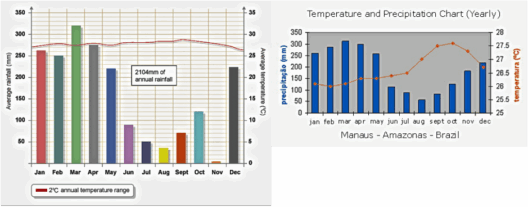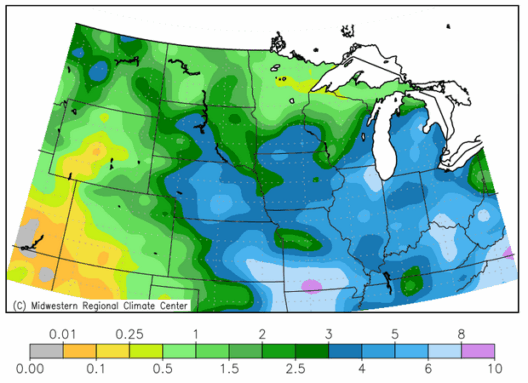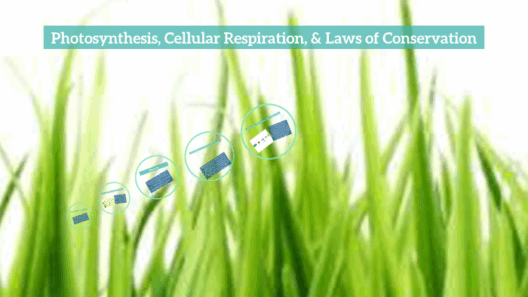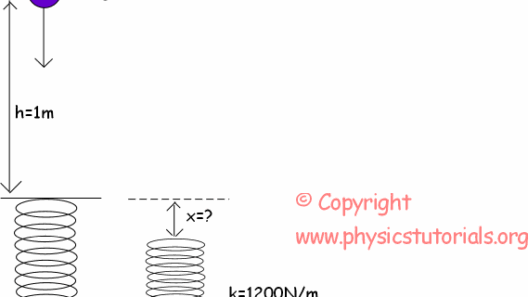The inquiry into the conservation of energy within the framework of homogeneous linear wave equations surfaces as a compelling topic in both physics and mathematics. At the intersection of these fields lies the delicate balance of energy, frequently relegated to the periphery in the study of wave phenomena. Understanding whether energy is conserved in these equations not only solidifies foundational principles of physics but also throws open the doors to advanced applications and theoretical implications.
Linear wave equations, often expressed in the form of partial differential equations, describe a myriad of physical systems. These systems range from acoustic waves traveling through air to electromagnetic waves propagating through the vacuum of space. The general characteristic of these equations lies in their linearity; they adhere strictly to the principle of superposition. This principle states that the net response at a given time and place caused by multiple stimuli is equivalent to the sum of the responses that would have been caused by each stimulus individually. This provides fertile ground for investigating the conservation of energy since superposed waves can give rise to new patterns while preserving the system’s total energy.
To delve deeper into the concept of energy conservation in this context, we must first delineate what it means for energy to be conserved. In the realm of wave mechanics, energy conservation typically denotes the degree to which total mechanical energy remains constant over time. The wave’s kinetic and potential energy fluctuate, yet their total remains invariant, conforming to the conservation laws of classical mechanics. Yet, can we apply this framework strictly to the homogeneous linear wave equations? This question invites a thorough examination.
In homogeneous linear wave equations, the energy transmitted through a medium can be characterized by a variety of factors—amplitude, frequency, and wave velocity being paramount among them. These elements dictate not only the power of the wave but also how efficiently it disperses energy through the medium. Mathematically, the total energy associated with a wave can be described as the integral of kinetic energy density and potential energy density over the space in which the wave exists. The energy density in a wave can be calculated as follows:
E = frac{1}{2} left( rho v^2 + frac{1}{mu} partial_x u^2 right)
Here, ρ represents the density of the medium, v is the particle velocity, μ the mass per unit length, and u indicates the displacement. Such an expression intuitively encapsulates the dynamic interchange between kinetic and potential energies within the wave field.
When analyzing the regime of homogeneous linear wave equations, one must note their intrinsic properties: most particularly, the invariance of wave speeds and the constant medium characteristics. In this scenario, the energy indeed remains conserved. As waves propagate, their energy density can fluctuate due to changes in amplitude, but the total energy expressed through integration over space elucidates a constant value. It becomes evident that while local energy densities may oscillate, global conservation prevails.
However, the analysis becomes exponentially more intricate when other factors come into play. For instance, damping mechanisms, nonlinearities, or medium inhomogeneities introduce complexities that can alter the fundamental behaviors associated with wave propagation. In such cases, energy dissipation occurs, leading to scenarios where energy is transformed into heat or other forms, yielding a stark deviation from the ideal preserved energy of homogeneous cases.
Moreover, the implications of these phenomena extend beyond theoretical constructs. In engineering and technology, understanding wave behavior aids in the design of new materials and devices. For example, in telecommunications, maintaining signal integrity requires a robust grasp of how energy is conserved or lost in various mediums. Thus, a thorough comprehension of the aspects governing energy conservation in linear wave equations is pivotal not merely from a scientific perspective but also from pragmatic standpoints.
When contemplating the broader implications of wave energy conservation, one may marvel at how this principle translates into real-world applications. From coastal engineering to the design of noise-canceling technologies, leveraging the properties of waves necessitates an awareness of energy behavior. The mathematical frameworks often simplify complex real-world scenarios to elucidate underlying principles, yet they also beckon curiosity towards more nuanced explorations of non-ideal conditions.
Ultimately, the question of whether energy is conserved in homogeneous linear wave equations reveals an undeniably affirmative stance within ideal environments. The exploration of energy dynamics underlines not just the predictable behavior of waves but enriches the discourse around energy conservation as a whole. As modern society grapples with evolving challenges surrounding energy use and sustainability, understanding the conservation laws governing wave equations serves as a crucial, if understated, component in the quest for innovation and preservation.
In summary, the study of energy conservation in homogeneous linear wave equations melds intricate mathematics with real-world significance. While the principles established support a robust understanding of energy as a conserved quantity, the notion invites further inquiry into the conditions influencing this conservation. As inquiry evolves, so too does the potential for breakthroughs that adhere to and extend these foundational principles, leading to a more profound appreciation of the physics that governs our natural world.


